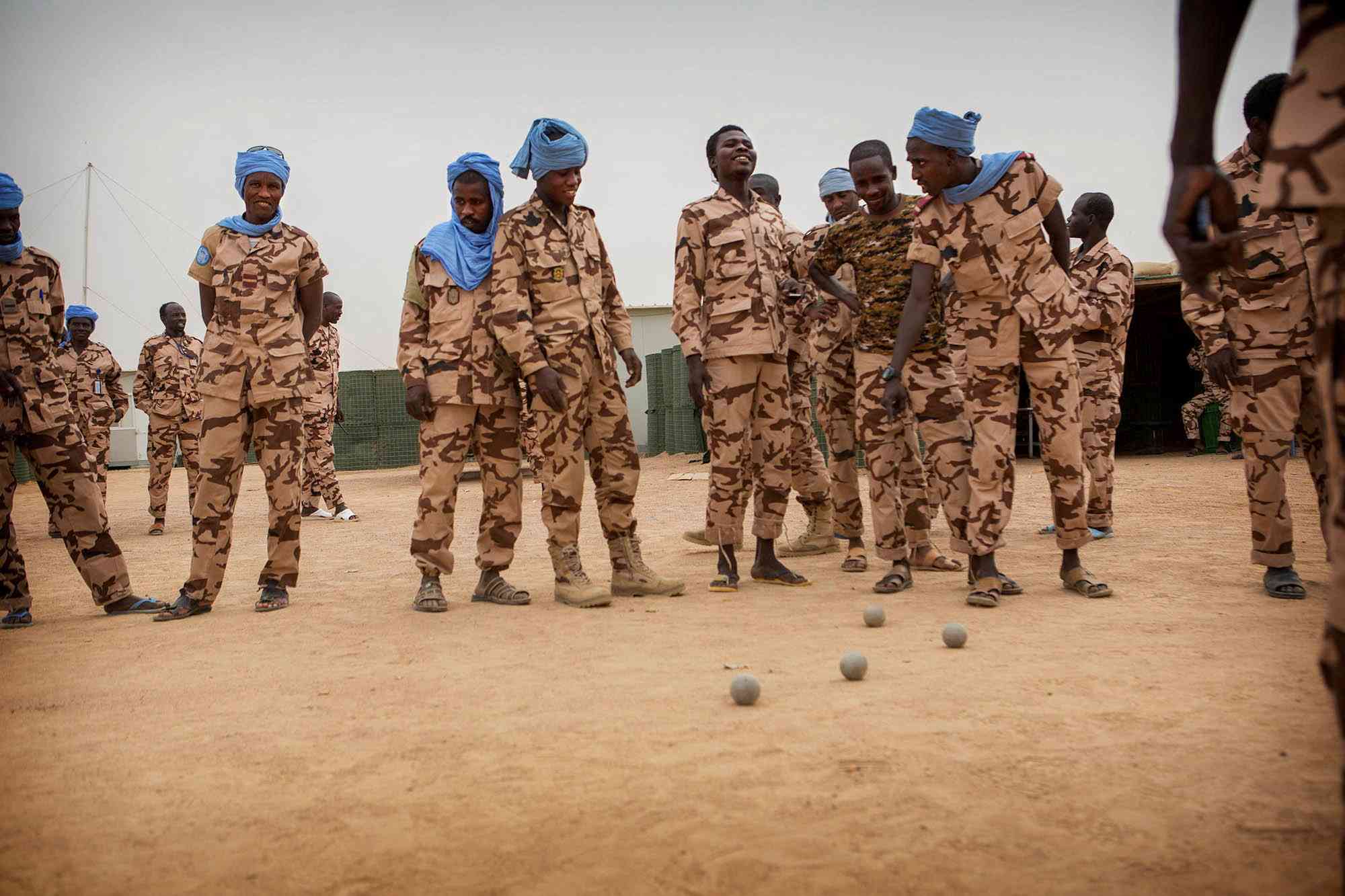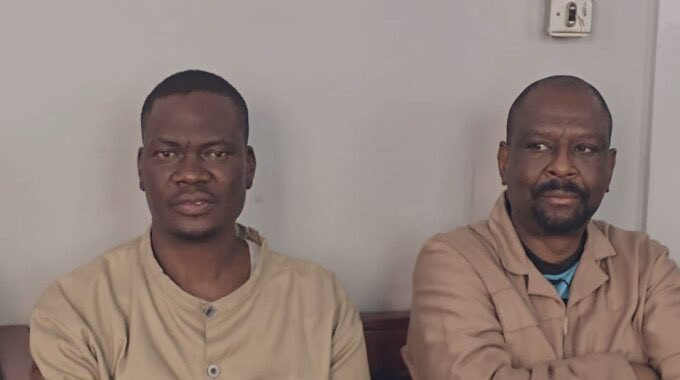
On December 31, 2023, the last of 12 000 United Nations peacekeeping troops left Mali, ordered out by the military regime that seized power after two successive coups in 2020 and 2021. They leave behind them 310 Blue Helmets killed over 10 years and a country in chaos.
Also on the same day, the last French troops left the neighbouring country of Niger. They had been sent there to fight the same Islamist rebels who were terrorising Mali. Practically, every regime in the region is facing a violent Islamic revolutionary movement based out in the northern, desert parts of the country.
The French left because France refuses to be “held hostage by putschists”: that is, by the military regime that overthrew the elected president last July. The UN troops are really leaving Mali for the same reason, although they are more diplomatic about it.
French troops also left Burkina Faso recently after two military coups last year. The young Burkinabé officers, like their Malian and Nigerien co-conspirators, found it wise to blame the foreigners for everything that was going wrong, and the three sets of rebels have now created a defence pact called the Alliance of Sahel States.
The “Sahel” is conventionally defined as the countries on the southern fringes of the Sahara desert, with limited rainfall and high temperatures. Most were French possessions during the colonial period, are considerably poorer than most other parts of Africa, and have never had much luck with forging stable democracies.
Chad, next east from Niger, was already a dictatorship, although power passed from father to son after the long-ruling incumbent, Idriss Déby, stopped a bullet in 2021 while visiting the northern battlefront against the local Islamist terrorists there. Chad is the only part of the Sahel where there are still foreign troops (apart from Russian mercenaries).
And finally Sudan, the only Sahel country with an economy that rises above subsistence level, thanks to oil and gold. But it is now being torn apart by a country-wide civil war between two rival branches of the armed forces over the division of the spoils.
Six million people in Sudan are “internally displaced” already, and 1,5 million have fled abroad. Yet nobody is sending international forces in to “restore the peace” or look after the refugees, not even fellow Muslim countries. Not even rich Arab countries who could easily afford it: they know it’s a lost cause. There is no coincidence in all the regime collapses, military take-overs and international pull-outs: what was bound to happen in the Sahel countries is now finally happening.
- COP26 a washout? Don’t lose hope – here’s why
- Under fire Mnangagwa resorts to Mugabe tactics
- How will energy crunch transition impact transition to renewables?
- COP26 a washout? Don’t lose hope – here’s why
Keep Reading
All of these countries are semi-desert areas that can only support large populations along two major rivers: the Niger for the more western ones, and the Nile for Sudan. But there is a limit to how many people they can support and that limit was probably reached some time ago.
So how do you get from that (fairly neutral) fact to the current catastrophe? First, there is just not enough money coming in. No matter what it does, the state can no longer provide education, health care, or even security for its ever growing population and people get more and more desperate. That’s Phase One.
Then some of those desperate people turn to extremist ideologies — which in Muslim countries means Islamist fanatics. “Islamic State – Sahel Province” (founded 2015) and various rival groups emerge, and various foreign forces arrive to help hold back the tide for a time. Phase Two.
Eventually, those foreign rescue missions give up or are driven out, and any remaining democracies are destroyed by ambitious but ignorant soldiers. Phase Three, unfolding now.
What’s Phase Four? Probably, in most cases, the Islamist fanatics win the battles and take over the state. They kill a lot of people, destroy libraries, smash historical monuments, pray furiously — but they will not figure out how to feed all those hungry people. They don’t even see that as their job. Cf Afghanistan.
And what will the rest of the world do? It will shun the Sahel states and seal them off from the rest of the world, just like we have done to Afghanistan. The African Union may try various rescue missions, as it has with Somalia, but in the end it will probably give up too.
Africa is not doomed. Its future, like that of most other places, depends on what it does next. Even Senegal, which is technically part of the Sahel, is not doomed. Having a coastline probably helps, but so does reasonably good government.
But the other Sahel countries probably are doomed. They have a lethal combination of extreme poverty, a high ratio of population to usable land and a high birth rate that is showing no signs of significant decline. And we are seeing the final days of well-intentioned foreign interventions in Africa right now.
Dyer is a London-based independent journalist. His new book is titled The Shortest History of War.











